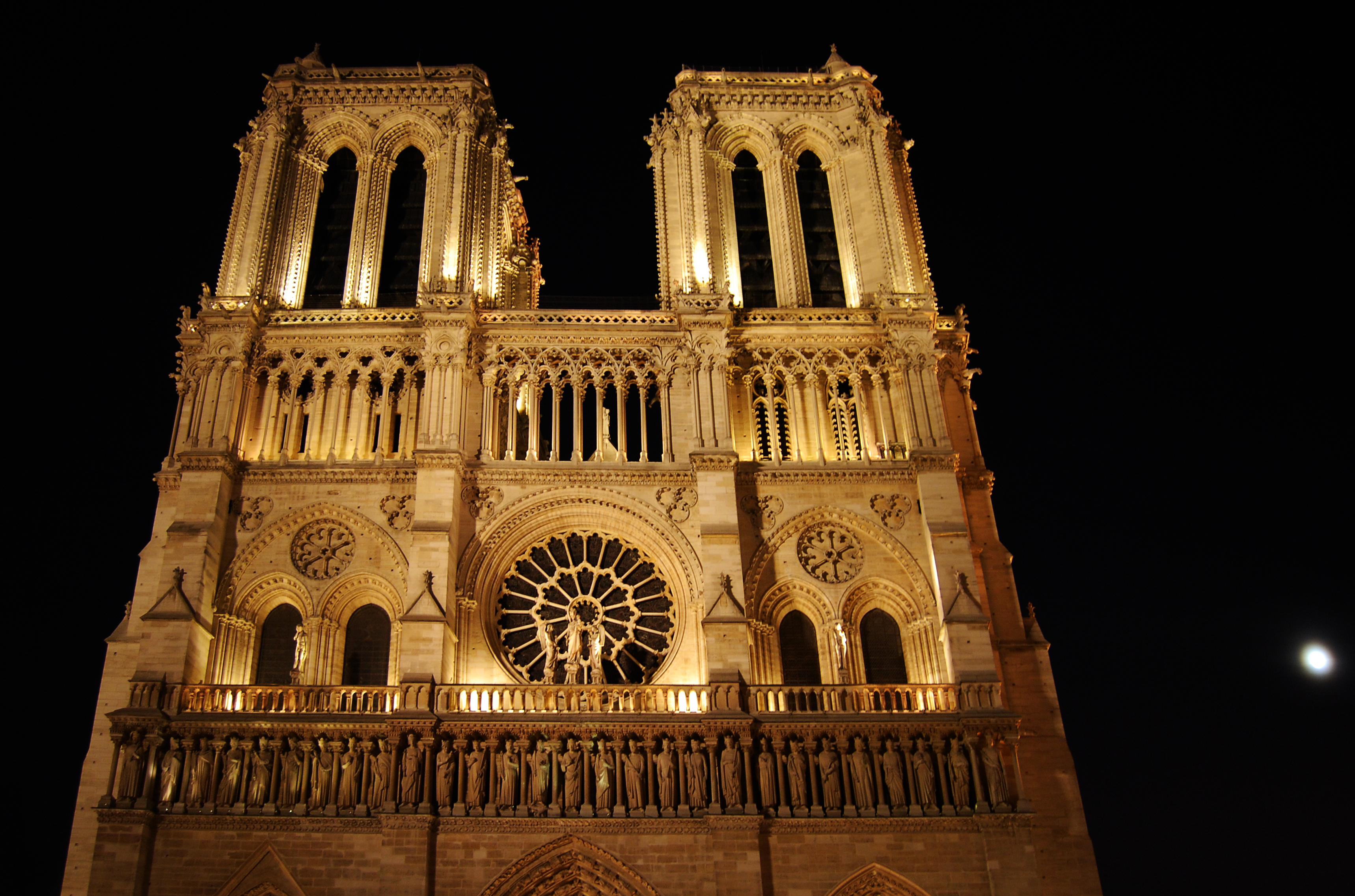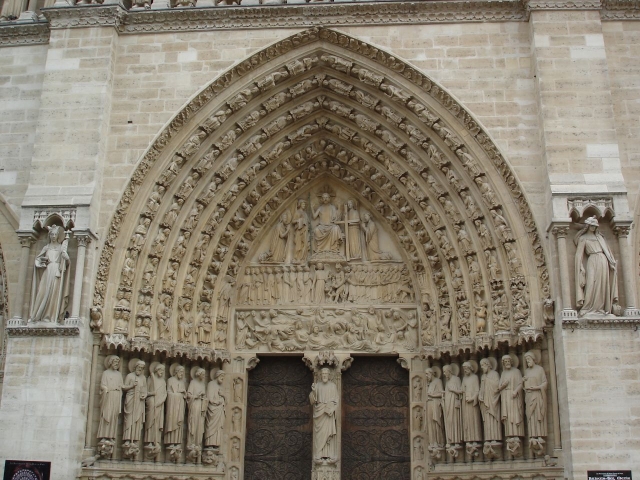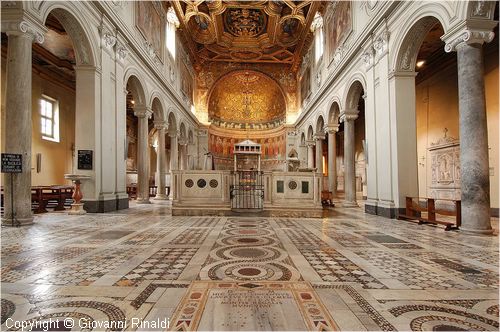Maya: The Maya of the Classic Period date from 300-900 C.E and resided in what is today, Southern Mexico, the Yucatan Peninsula, and Guatemala. Most of the building created by this civilization were religious structures (religious temples on top of pyrammids). The most identifying characteristic of the Mayan temples and pyramids are their steep slopes. El Castillo is the central pyramid at Chichen-Itza, Mexico, which was a sacrificial temple that related to the solar calendar.

Aztecs: The Aztecs were a cultural and political entity, located in Mexico. The capital of these peoples was Tenochtitlan, or what is today, Mexico City. The Aztecs formed their capital city in 1325 and had a population of approximately 200,000. The religion of this culture was polytheistic and their main god was the sun god and god of war. The most memorable piece of furniture was the Throne of Motezuma, also known as Teocalli. The reason that this seat is so famous is because it has one of the very few representations of Huizilopochtli, the sun god of the Aztecs, on the backrest of the throne.

Inca: The Inca civilization was located in Peru, dating its presence from 1438- 1532. The Inca are known for their precision of their stone-masonry. They would have giant blocks of stone cut so perfectly that they were able to line up next to one another without any mortar between. The building process consisted of chiseling away a block, fitting it into its eventual space, then removed, then nibbled away, then replaced, until a perfect shape was achieved. The Inca also tended to follow earth's naturalistic form when constructing their buildings.

Modern Day Examples:

Very close laid stone, similar to the Inca.
























